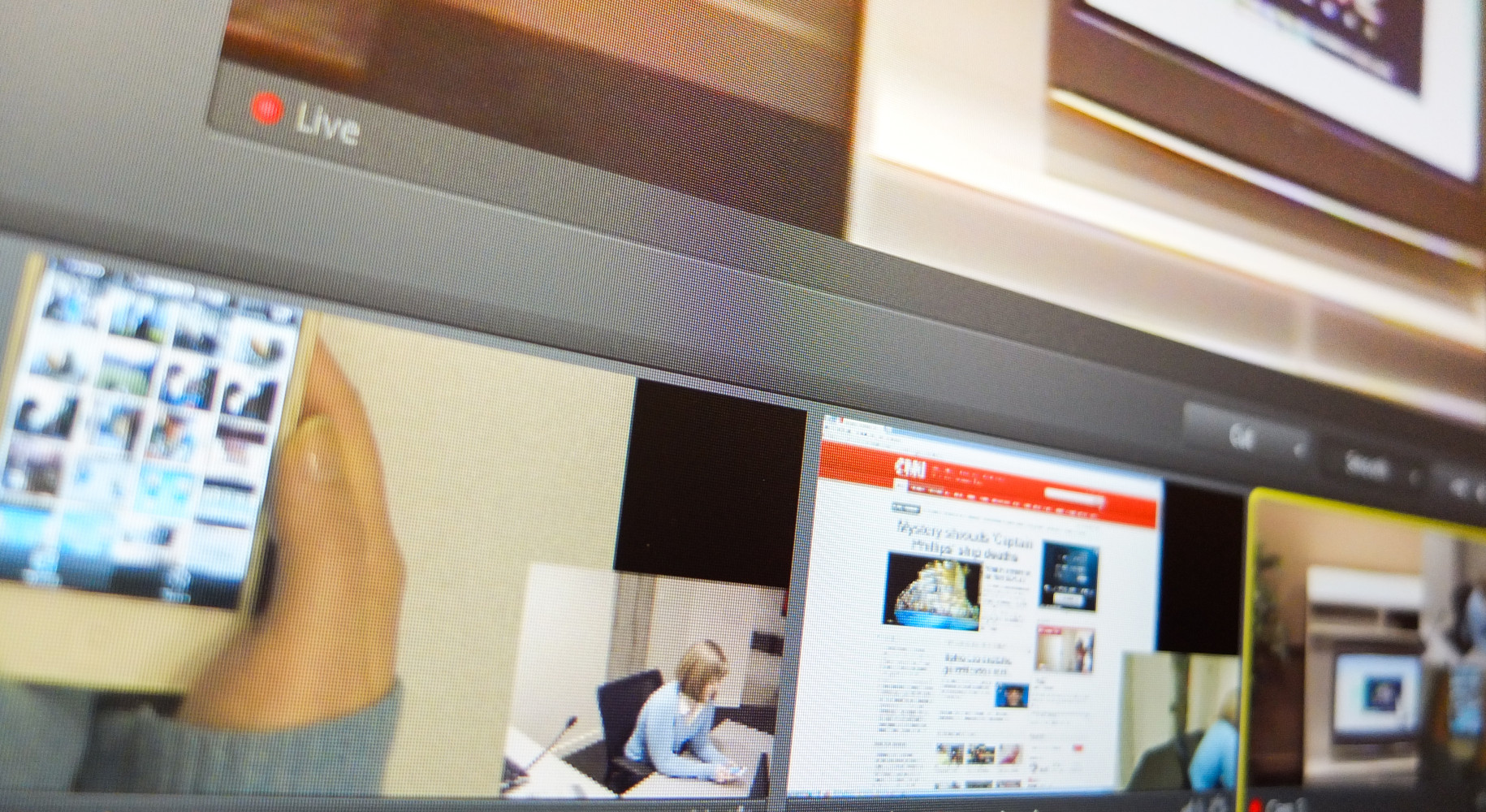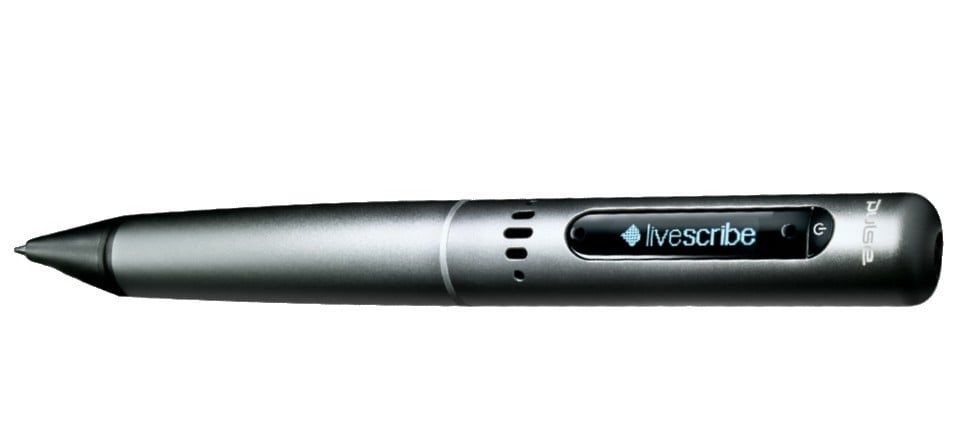
Why We Rebuilt Our Usability Lab Technology for Better UX
Mark Gsellman
We take pride in helping our clients design and build exceptional user experiences. So it comes as no surprise that we would want to do the same thing with our usability labs – ensure the user experience for our clients is seamless, innovative, and effective by keeping “technology” out of their way.










